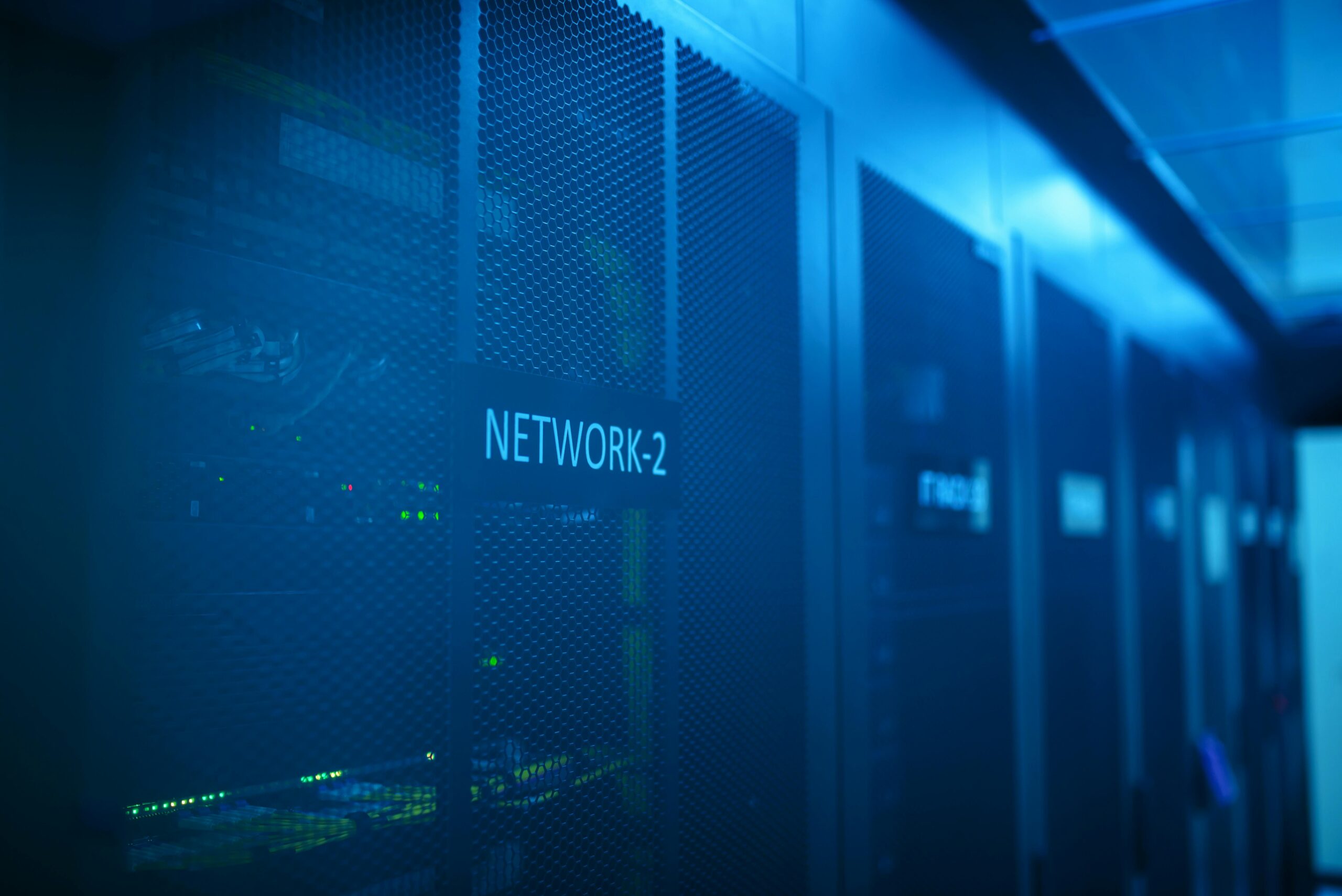In the dynamic world of cloud computing, efficiency and cost-effectiveness are paramount. AWS Compute Optimizer, a service provided by Amazon Web Services (AWS), stands out as a pivotal tool in achieving these goals. This article delves into the intricacies of AWS Compute Optimizer, exploring its functionalities, benefits, and how it can transform your cloud infrastructure management.
Table of Contents
What is AWS Compute Optimizer?
AWS Compute Optimizer is a machine learning-based service designed to analyze and recommend optimal AWS resources for your workloads. By examining historical utilization metrics, it identifies the best configurations for Amazon EC2 instances, Auto Scaling groups, Amazon EBS volumes, and AWS Lambda functions. This optimization not only enhances performance but also leads to significant cost savings.
How Does AWS Compute Optimizer Work?
The Machine Learning Edge
At its core, AWS Compute Optimizer employs advanced machine learning algorithms. These algorithms analyze historical data from your AWS resources, focusing on metrics like CPU utilization, memory usage, network input/output, and local disk I/O operations. Compute Optimizer can accurately predict and recommend the most suitable configurations for your resources by understanding these patterns.
Compute Optimizer also examines various aspects of your AWS infrastructure; see Supported AWS Resources for the complete list, ensuring that each infrastructure element is optimally configured.
Benefits of AWS Compute Optimizer
Cost-Efficiency
One of the primary advantages of using AWS Compute Optimizer is cost reduction. By identifying underutilized resources, it helps you avoid overspending on unnecessary capacity. This tool is particularly beneficial for startups and rapidly growing companies that must manage their cloud expenses effectively.
Enhanced Performance
AWS Compute Optimizer ensures that your applications run at peak performance. By recommending the most appropriate EC2 instance types and Auto Scaling configurations it aligns your resources with the actual demands of your workloads.
Simplified Management
Managing a cloud infrastructure can be complex. Compute Optimizer simplifies this process by providing actionable insights and recommendations, making it easier to manage your AWS environment.
Getting Started with AWS Compute Optimizer
Easy Setup
Setting up AWS Compute Optimizer is straightforward. You can begin by opting in through the AWS Management Console. Once opted in, Compute Optimizer starts analyzing your infrastructure and generates recommendations, which can be reviewed in detail through the console.
Visualizing What-If Scenarios
A unique feature of AWS Compute Optimizer is its ability to visualize what-if scenarios. This helps you understand how the recommended instance would have performed, providing a clear picture of the potential improvements.
Supported Resources and Requirements
Understanding the Scope
AWS Compute Optimizer extends its capabilities across a range of AWS resources. Understanding which resources are supported and the prerequisites for optimization to fully leverage this service is crucial.
Supported AWS Resources
- Amazon EC2 Instances: Compute Optimizer analyzes EC2 instances across various families, including M, C, R, T, X, I, D, H, and Z. It provides recommendations for these instances based on their utilization patterns.
- Auto Scaling Groups: For Auto Scaling groups, Compute Optimizer offers insights into the optimal configuration, helping to ensure that they are scaled appropriately to meet performance and cost objectives.
- Amazon EBS Volumes: The service evaluates EBS volumes, suggesting modifications to enhance efficiency and performance.
- AWS Lambda Functions: Compute Optimizer also extends its analysis to Lambda functions, recommending adjustments for better performance.
- Amazon ECS Services on AWS Fargate: The service includes recommendations for ECS services running on AWS Fargate, ensuring optimal resource allocation.
Prerequisites and Requirements
To effectively use AWS Compute Optimizer, certain prerequisites must be met:
- Enable CloudWatch Metrics: For Compute Optimizer to analyze your resources, CloudWatch metrics must be enabled. This includes metrics for CPU utilization, memory usage, network input/output, and disk I/O operations.
- Sufficient Historical Data: Compute Optimizer requires a minimum amount of historical data to provide accurate recommendations. For instance, EC2 instances should have at least 30 days of CloudWatch metrics for a comprehensive analysis.
- Resource-Specific Considerations: Each AWS resource type may have specific requirements for optimization. For example, Lambda functions need certain invocation metrics for analysis.
- Permissions and Roles: Appropriate IAM roles and permissions are required to allow Compute Optimizer to access necessary data for analysis.
Pricing Structure
AWS Compute Optimizer offers a cost-effective approach to resource optimization. The default version, which analyzes 14 days of CloudWatch metrics, incurs no additional charges beyond the standard AWS service fees. For more in-depth analysis, the enhanced infrastructure metrics feature provides up to three months of historical data analysis at a nominal cost.
Supercharging with AWS Compute Optimizer
At Cloudvisor, we recognize the transformative impact of AWS Compute Optimizer on cloud infrastructure. Our guide, Supercharge AWS Infrastructure with AWS Compute Optimizer, offers a deep dive into maximizing the efficiency and cost-effectiveness of your AWS resources using this powerful tool.
Conclusion
AWS Compute Optimizer stands as a testament to the innovative use of machine learning in cloud resource management. For startups and established enterprises alike, it offers a pathway to optimized performance and cost savings. Embracing this tool can be a game-changer in your cloud strategy, ensuring that your AWS infrastructure is not just powerful, but also smart and cost-efficient.




